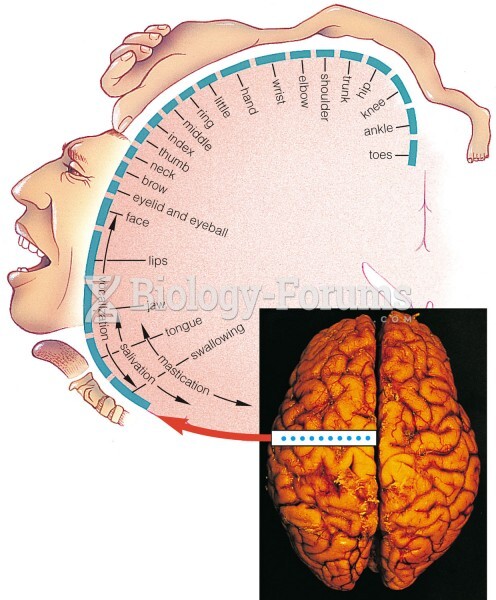|
|
|
Sildenafil (Viagra®) has two actions that may be of consequence in patients with heart disease. It can lower the blood pressure, and it can interact with nitrates. It should never be used in patients who are taking nitrates.
Asthma attacks and symptoms usually get started by specific triggers (such as viruses, allergies, gases, and air particles). You should talk to your doctor about these triggers and find ways to avoid or get rid of them.
Cancer has been around as long as humankind, but only in the second half of the twentieth century did the number of cancer cases explode.
Human stomach acid is strong enough to dissolve small pieces of metal such as razor blades or staples.
Earwax has antimicrobial properties that reduce the viability of bacteria and fungus in the human ear.







